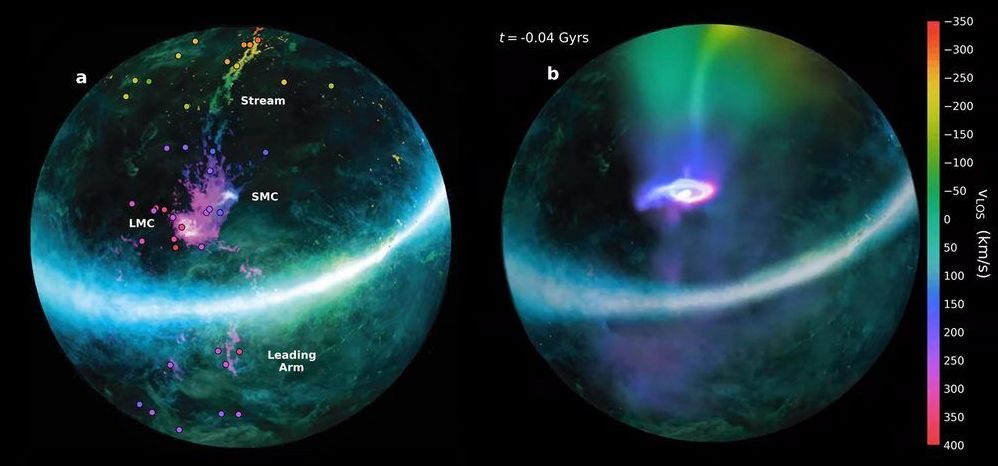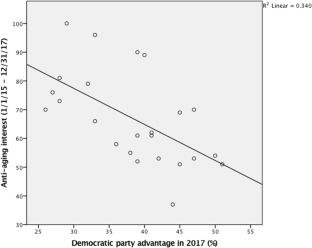Sep 10, 2020
The Most Common Pain Relief Drug in The World Induces Risky Behaviour, Study Suggests
Posted by Genevieve Klien in category: biotech/medical
One of the most consumed drugs in the US – and the most commonly taken analgesic worldwide – could be doing a lot more than simply taking the edge off your headache, new evidence suggests.
Acetaminophen, also known as paracetamol and sold widely under the brand names Tylenol and Panadol, also increases risk-taking, according to a new study that measured changes in people’s behaviour when under the influence of the common over-the-counter medication.
“Acetaminophen seems to make people feel less negative emotion when they consider risky activities – they just don’t feel as scared,” says neuroscientist Baldwin Way from The Ohio State University.


















